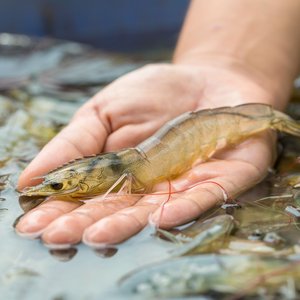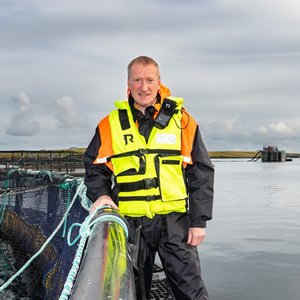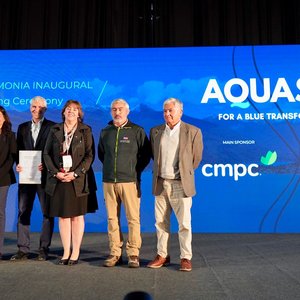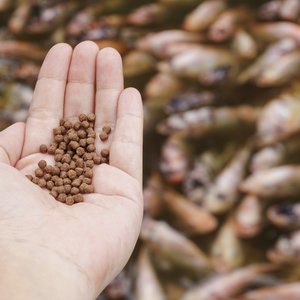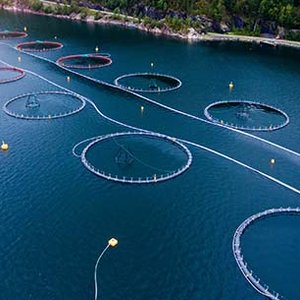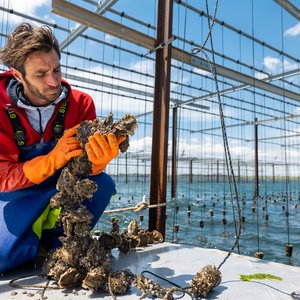Shrimp waste holds commercial potential
Shrimp shells have the potential to do a lot more than create a fearsome smell in the garbage bin, with a University of New South Wales (UNSW), Sydney, Australia, food science researcher developing a new technique for extracting a powerful antioxidant found in one of Australia’s favourite seafood snacks. The antioxidant, astaxanthin, is almost all contained in the shells and heads which are thrown away.
UNSW Food Science and Technology PhD student Renuka Karuppuswamy has developed a technique for extracting the astaxanthin from waste shrimp heads and shells which is efficient enough to make commercial-scale extraction viable.
At present most commercial astaxanthin is produced naturally from a particular algae or synthetically by a chemical process. It is used as a health supplement for humans and also extensively in the salmon and egg production industries as an antioxidant and natural food coloring agent. It comes at a price, however, costing around Au$200 per gram.
Ms Karuppuswamy’s technique raises the possibility of not only accessing a new source of astaxanthin but also finding an environmentally friendly use for thousands of tonnes of shrimp waste generated by processing plants globally each year. Australia does little shrimp processing at present but that could change as prawn farmers look to “value add” in the future.
Ms Karuppuswamy’s PhD project centres on the use of supercritical carbon dioxide – CO2 held under the right pressure and temperature conditions to be in a state between gas and liquid – to separate astaxanthin out from the solvents used to extract it from the prawn waste.
Existing methods of extracting shrmp pigment rely on evaporating solvents to reclaim the pigment. Ms Karuppuswamy’s technique works at lower temperature, recovers more astaxanthin – around 8mg per kilogram of shells - and causes less degradation during the process.
The work has impressive green credentials: not only are the solvents and gas employed in the process fully recycled, the used shells can also be used either as water filtering agents or to create a natural food coating which can be used in place of petrochemical-derived waxes.





